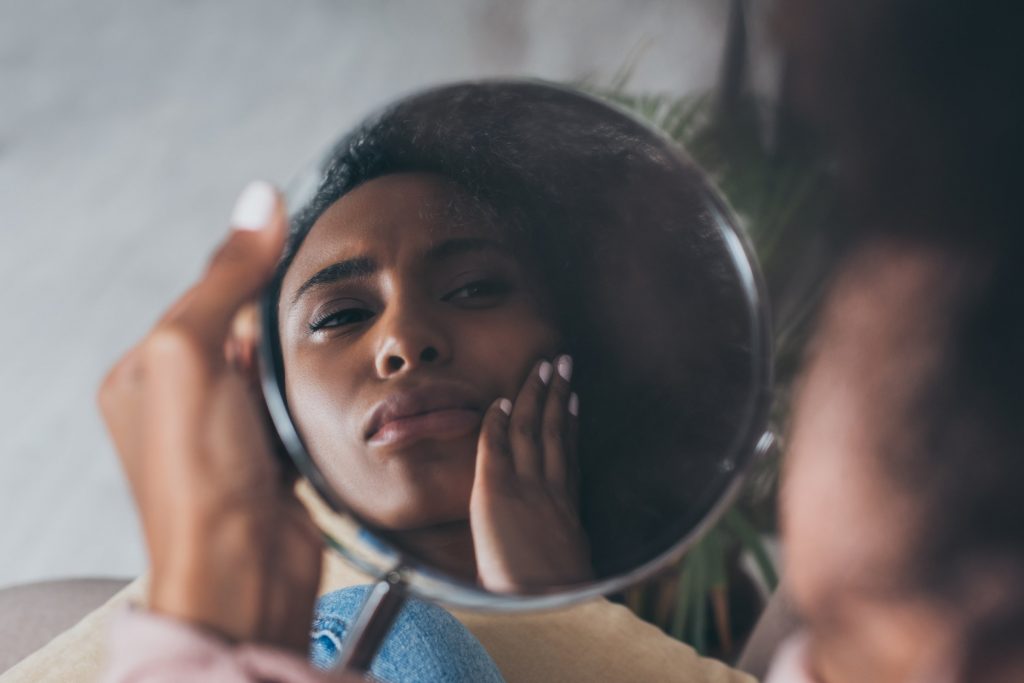Skin bleaching, the ultimate standard to modern beauty?

Skin bleaching is currently a multi-billion-dollar industry with its large consumers based in Asia and Africa. The practice of skin bleaching has existed for hundreds of years, specifically dating back to 200 BCE, until its recent prevalence.
Skin Bleaching is a cosmetic practice of using tropical ointment, gels, soaps, creams and household chemicals that aims to lighten a person’s skin and is also a common practice among people of all ages and gender.
In ancient history, the Egyptians, Romans, and Greeks used honey mixed with olive oil for the purpose of lightening their skin.
The prospect of skin bleaching has had a wide array of criticism, particularly in the health related field.
Skin Bleaching, which reduces the production of melanin in the skin, nonetheless comes with its downsides, mainly constituting to major public health challenges including skin cancer.
Research shows that females have the highest representation when it comes to skin bleaching; that is 50.2%, and the remainder for males.
There are different reasons as to why people opt to bleach their skin. Some people do it in their quest to enhance their beauty, whereas some people bleach their skin to boost their self esteem, among other reasons.
Society has made the standards of beauty to having a lighter skin tone, so much so that most women feel less of themselves if they fall under the category of having a natural dark skin tone.
People with darker skin complexions tend to apply bleaching products on their skin to lighten it, just to fit into the standards of “modern” beauty and also to gain a higher self esteem.
In Ghana, the prevalence of bleaching is reported to range from 30% to 65%, predominantly among females.
Most Ghanaian women believe that beauty is incomplete if their skin colour remains in a darker complexion. They would go to great lengths to transform their natural dark skin tone to a lighter tone by bleaching it with chemicals, soaps, lotions and other products.
Researchers also connect racism to the trend for skin bleaching, in the sense that people are made to think that only those who have light skin look attractive.

According to the International Journal of Dermatology, these bleaching creams and products contain Mercury which is a toxic heavy metal that poses serious health threats.
When these bleaching products are introduced to the skin, it causes the layer of skin that protects the body from sunlight to peel off, exposing the body to direct contact with Ultraviolet (UV) radiation from the sun.
This leads to skin redness, dryness, and irritations. Also, it reduces the skin’s resistance to infections such as rashes, eczema. More so, the tissues that repair damaged skin peel off in the process of bleaching, giving it a longer than expected time to repair cuts, wounds or burns.
Research shows that educating people on the potential risks, and fostering self- acceptance, can prevent people from using harmful bleaching products.
Herein, if a person is considering bleaching their skin, the safest way to this approach is to consult with a doctor, precisely a dermatologist.
Author-Bmens





